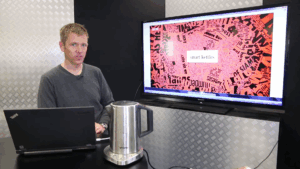Hack Demo Video
How to hack Tesco’s Android Hudl
This hack attack demo shows you how flawed the Hudl and its Rockchip are, and how to access and read from its memory, to grab passwords and other credentials.

Hack Demo Video
Making smart heat pumps safer for the grid
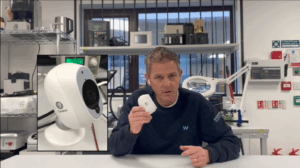
Hack Demo Video
How We Hacked Swann Cameras: Lessons for IoT Security

Hack Demo Video
Hacking with Chromecast and Alexa
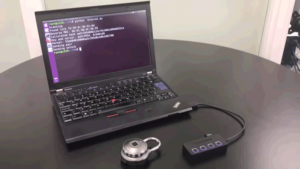
Hack Demo Video
The Tapplock Bluetooth unlock attack

Hack Demo Video
Z-Wave Z-Shave downgrade attack

Hack Demo Video
A smart coffee machine
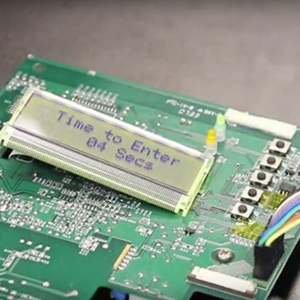
Hack Demo Video
Disabling Wireless Alarms 1 – Simple Jamming
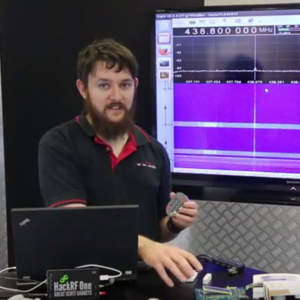
Hack Demo Video
Disabling Wireless Alarms 3 – PIN Brute Force
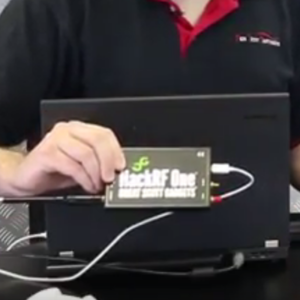
Hack Demo Video
Disabling Wireless Alarms 2 – Replay Attacks
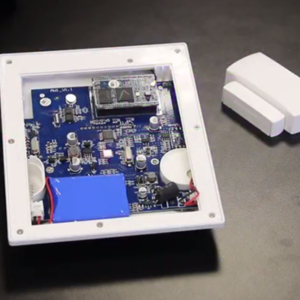
Hack Demo Video
Disabling Wireless Alarms 4 – Attacking A Brand New Alarm
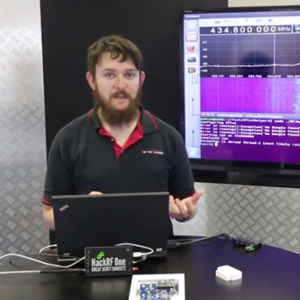
Hack Demo Video
Wireless Alarms – What To Look For In An Alarm

Hack Demo Video
Hacking the Mitsubishi Outlander PHEV SUV

Hack Demo Video
Android PIN Patterns: A how-to video
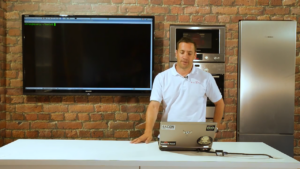
Hack Demo Video
Exfiltrating data in ping packet padding: Video demo
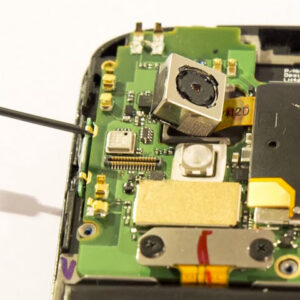
Hack Demo Video
Scraping Memory From Android Phones With JTAG: A how-to video
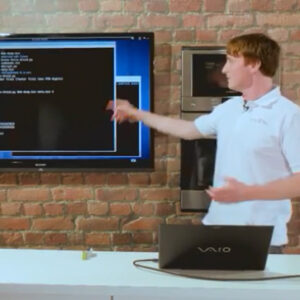
Hack Demo Video
How to bruteforce the PIN on Android: Nexus 4 video demo

Hack Demo Video
iPhone PIN Cracking: A video demonstration
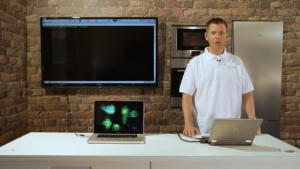
Hack Demo Video
FireWire Memory Attack: A how-to video

Hack Demo Video
Hacking Android Through Accessibility Events: A how-to video

Hack Demo Video
ADB PIN Crack
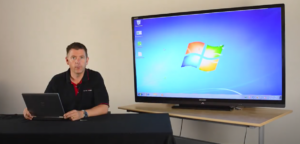
Hack Demo Video
Teensy USB Connect Back Hack Video
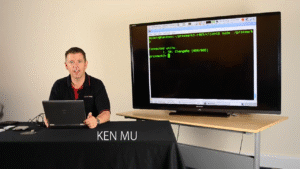
Hack Demo Video
RFID Cloning With Proxmark
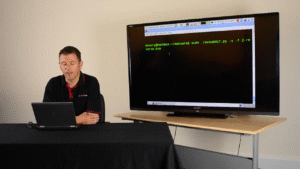
Hack Demo Video
Bypassing Antivirus To Deliver Malware With Code Packers
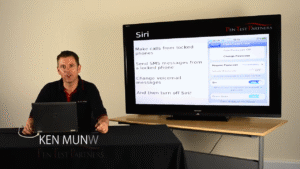
Hack Demo Video
Getting a divorce with iOS – Siri Bypass
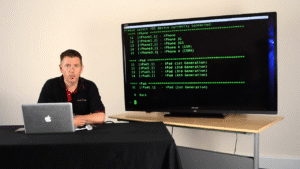
Hack Demo Video
iOS PIN Cracking Video
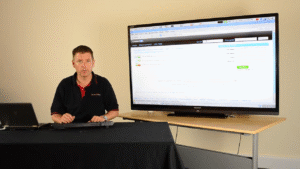
Hack Demo Video
Keylogger Keyboard Hardware
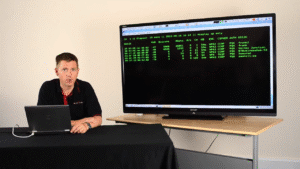
Hack Demo Video
Wireless Probe Snooping
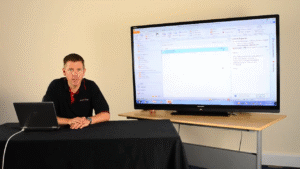
Hack Demo Video
Email Connect Back
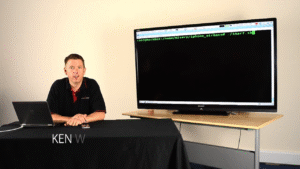
Hack Demo Video


